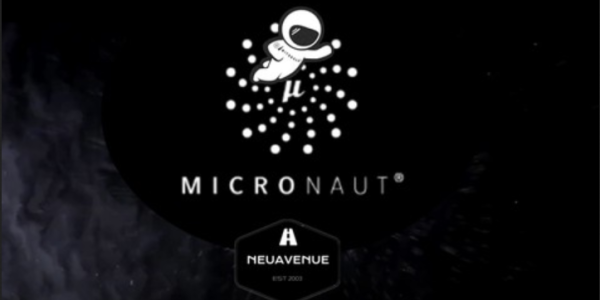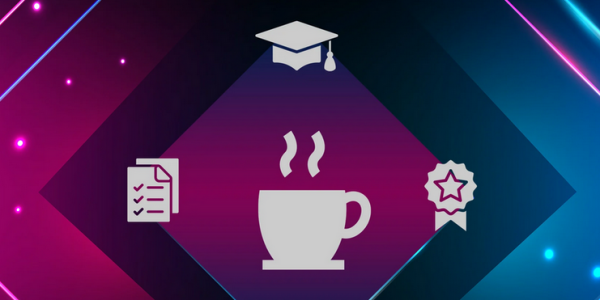Setting up LUKS 2 – Keeping the Data Safe – Securing a System
We can now look at the LUKS key slots. You should see the key in the second slot now.As seen in the following screenshot, slot 1: is populated with a key: Figure 9.7 – LUKS with the second slot used…
Validating adherence to a compliance policy – Keeping the Data Safe – Securing a System
Validating adherence to a compliance policy Securing systems is much more than encrypting data at rest or in motion. Many configuration files should be checked, along with other common security settings. This can be done automatically using Security Content Automation…
Keeping SELinux active – Keeping the Data Safe – Securing a System
Keeping SELinux active SELinux, or Security-Enhanced Linux, is a security module that provides mandatory access control (MAC) policies in the Linux kernel. It is needed because it offers a higher level of security for Linux systems by enforcing strict rules…
Installing applications and development tools via AppStream – Revisiting Modules and AppStreams
Installing applications and development tools via AppStream From the previous recipe, we’re familiar with how to search for and list applications in AppStreams; let’s now dive into installing applications and development tools via AppStream.How to do it…Building from the last…
Using AppStreams to install different versions of software – Revisiting Modules and AppStreams
Using AppStreams to install different versions of softwareNow, we’re going to expand on what we know about AppStreams, and instead of installing an application from the default module stream, we’re going to specify a different stream.How to do it…There are…
Removing packages via AppStream – Revisiting Modules and AppStreams
Removing packages via AppStream Removing packages via AppStream is straightforward. In general, all you need to do is instruct the package manager to remove instead of install. If the package manager finds a module that matches, it will proceed to…
Working directory – Lions, Tigers, and Containers – Oh My! Podman and Friends
Working directoryYou’ll often want to specify the working directory inside the container, because that’s where the container is configured by default to perform its work. To get the working directory of a container, you can run the following: $ podman…
Making a change to an image or video file using FFMPEG 2 – Lions, Tigers, and Containers – Oh My! Podman and Friends
Once NPM completes the build, you’ll find your application binaries inside a directory called ./build on your host machine But wait, just as I mentioned earlier, there is more than one way to skin a cat. A more elegant way…
Making a change to an image or video file using FFMPEG – Lions, Tigers, and Containers – Oh My! Podman and Friends
Making a change to an image or video file using FFMPEG In this example, we will leverage FFMPEG within a container in the same way we leveraged pandoc in the previous container. Using the FFMPEG container is especially handy because…
Docker Compose with Podman – Lions, Tigers, and Containers – Oh My! Podman and Friends
Docker Compose with PodmanPodman is a powerful container engine that is typically accessed via a command-line interface (CLI) to facilitate the configuration and running of containers. It’s very handy to use the CLI to quickly launch a new container instance…


